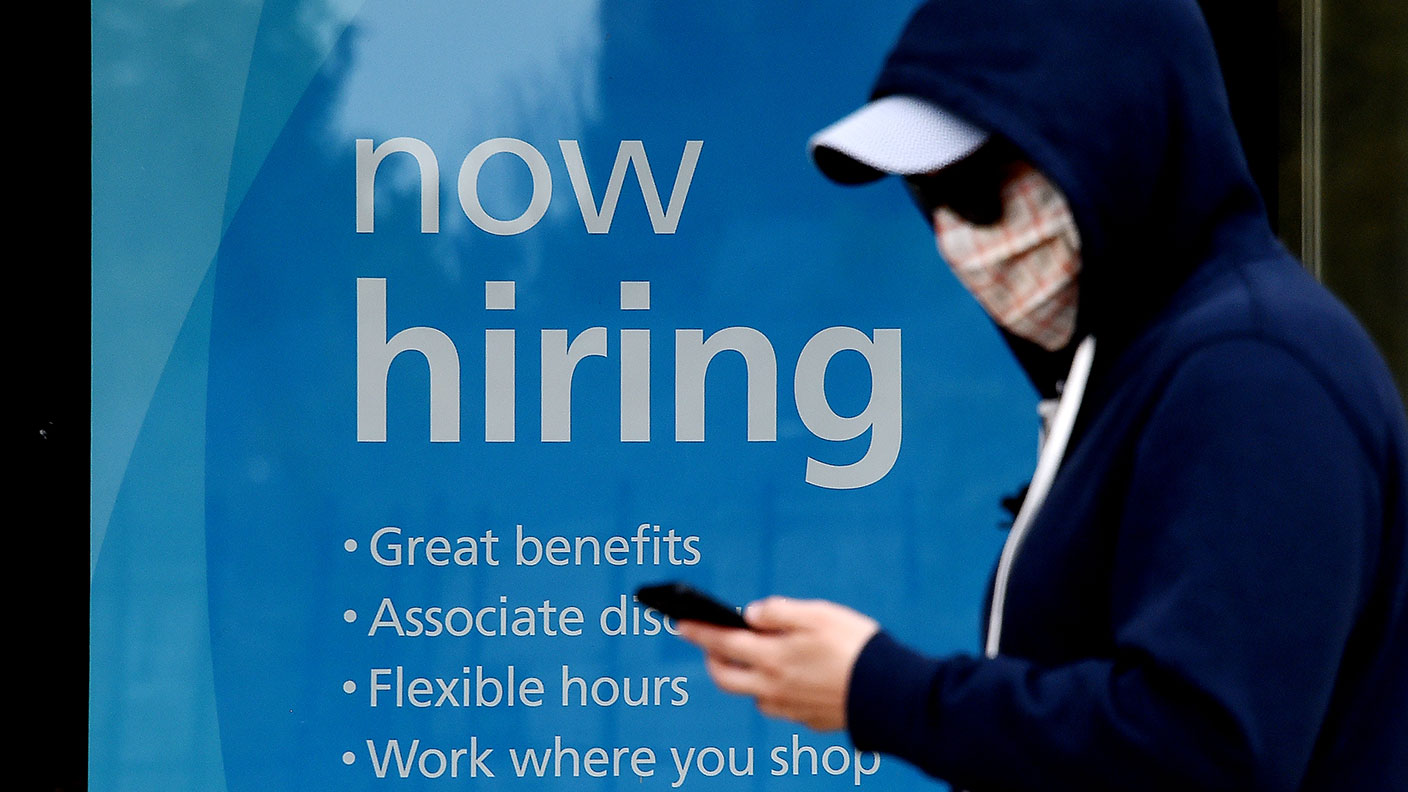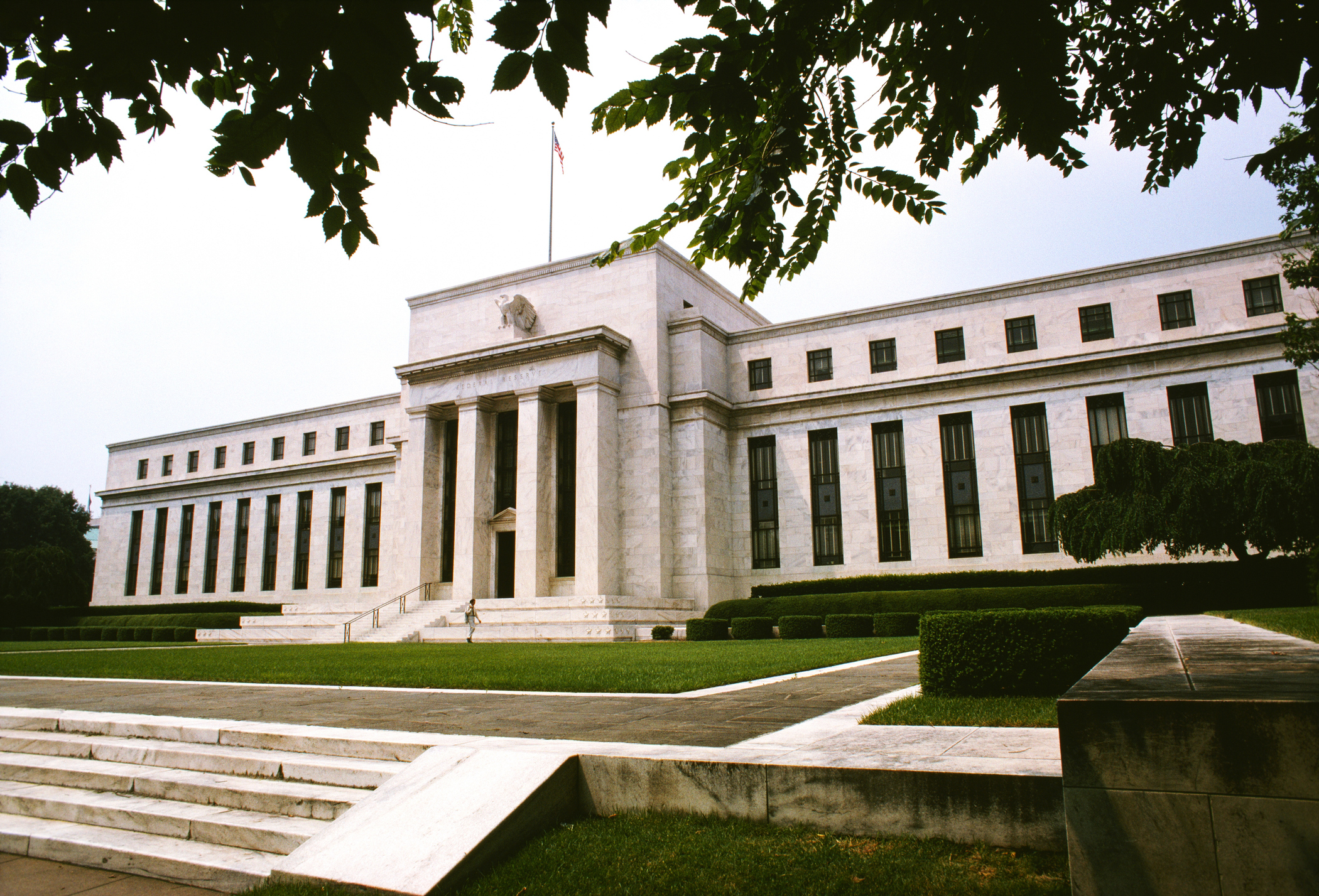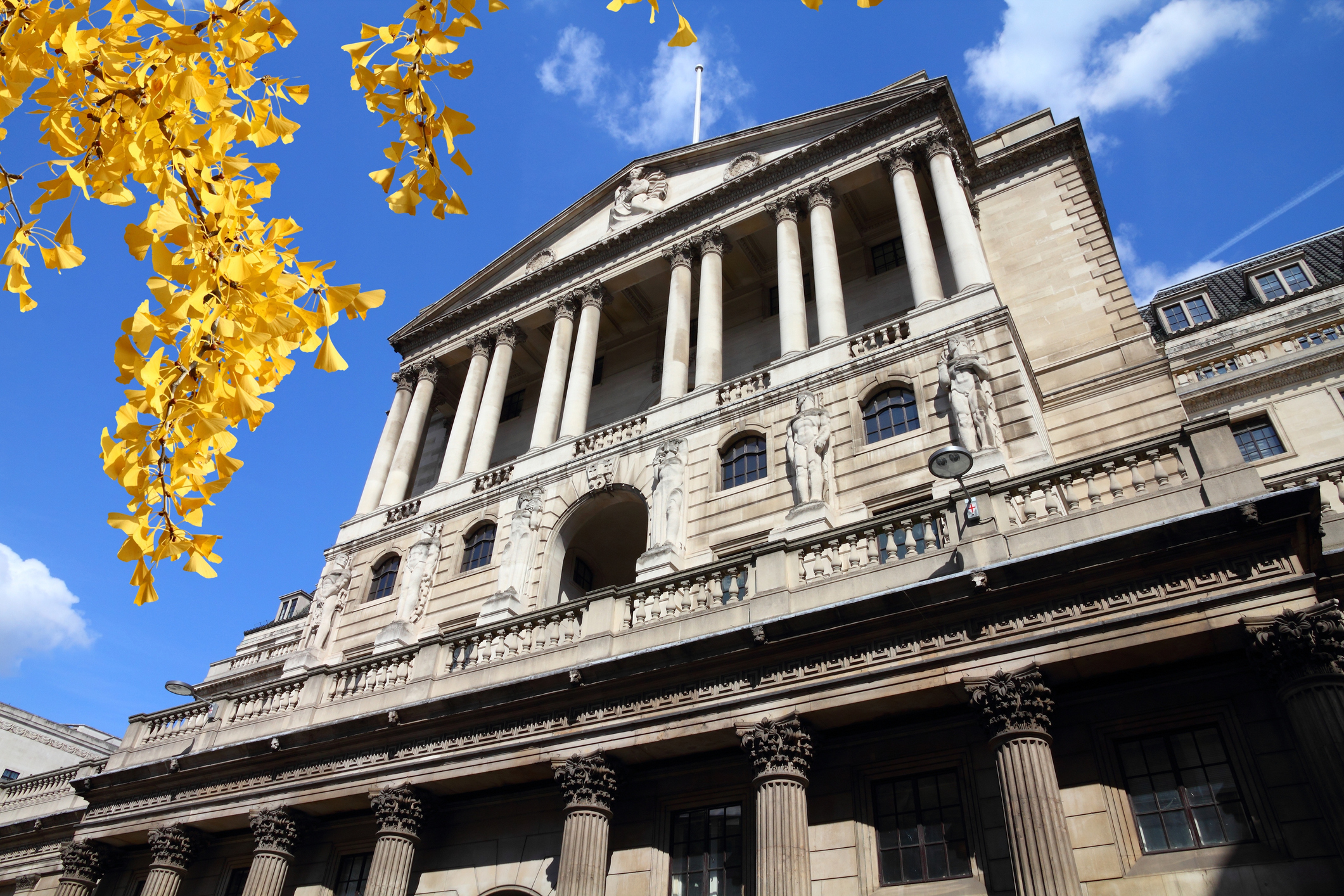The strong US jobs report is good news for the economy, but not so much for markets
January's US jobs report came in much stronger than anyone was expecting, with 467,000 new jobs added to the economy. But things might not be quite as rosy as they seem, says John Stepek. Here's why.


As we’ve noted many times before, the US consumer is possibly the most important economic force in the world.
The US is (still) the world’s biggest economy and consumer spending is the biggest driver of that economy. Thus, the health of the US consumer really matters to the rest of us.
And what matters most to the health of the US consumer? Well, lots of things, but top of the list is probably their employment status.
MoneyWeek
Subscribe to MoneyWeek today and get your first six magazine issues absolutely FREE

Sign up to Money Morning
Don't miss the latest investment and personal finances news, market analysis, plus money-saving tips with our free twice-daily newsletter
Don't miss the latest investment and personal finances news, market analysis, plus money-saving tips with our free twice-daily newsletter
That’s why the US monthly jobs report is such a key data release for the global economy, and for global markets.
So what did Friday’s tell us about the state of things?
The US labour market is extremely tight, however you measure it
The US jobs report on Friday “shot the lights out”, as they say.
Analysts had expected US companies to add an extra 150,000 jobs to payrolls during January. Instead the number came in at 467,000. Meanwhile, December’s relatively disappointing number of 150,000 was revised up to more than 500,000.
That’s extremely punchy – on the surface at least – particularly as a few politicians had been prepping the market for an Omicron-related disappointment, the idea being that the resurgent pandemic would hit the jobs figures.
As it turned out, all that happened was that a record number of people were recorded as being on sick leave, rather than being laid off.
Will Denyer of Gavekal notes that the figures are worth treating with caution. Take seasonal adjustments, for example. This is a perfectly legitimate – indeed necessary – thing to do if you want comparable statistics. There are seasonal patterns in hiring just as there are seasonal patterns in the housing market.
You need to adjust for those so that you get a proper picture of whether a market is strong or weak, relative to what’s “normal” for the time of year.
The problem is of course, that the last few years have been anything but normal. So seasonal adjustments during a pandemic are much more fraught with risk of error and second-guessing.
So as Denyer points out, it’s quite likely that the jobs growth was not as strong as the headline number implies.
That said, this isn’t terribly relevant. Even if you try to look past the “Omicron and data revisions” the reality is that the US labour market is “tight and getting tighter.”
Wage inflation data is starting to show this up. Employment costs, notes Denyer, “are still trending higher at... the fastest rate since 2004.” Hourly earnings are rising at an annual rate of 5.7%.
Inflation could be a lot stickier than central banks expect
So what does that mean? It’s a continuation of the theme that we’ve been going on about pretty much since covid kicked off. We’re moving into a more persistently inflationary world. Central banks are just starting to wake up to this, and the market reaction has been interesting.
The Federal Reserve has turned hawkish on rates, and the Bank of England and even the European Central Bank have fallen into line. As a result, the amount of negative-yielding sovereign debt in the world is now collapsing as bond yields move higher. That has also reintroduced some excitement into currency markets.
The jobs report gives the Fed (and thus the rest of the “independent” central banks) all the excuse it needs to stay aggressive on rate hikes. It could even go for a half-point rise in March, which is quite the turnaround.
But at the same time, gold – which doesn’t like higher “real” interest rates – had a surprisingly calm reaction to the jobs data. It recovered after a brief plunge lower.
That suggests to me that investors aren’t yet convinced that central banks are going to get ahead of inflation. Rather than crushing inflation out of the system, central banks will remain “behind the curve” for as long as they can.
Why? There are probably two main reasons for this. One is that you can still make a sensible argument that inflation is “transitory” or more accurately, “driven by temporary factors”.
If commodity prices fall back, or even stop rising – energy in particular – then the most obvious symptoms of inflation could peak. And if supply chains get ironed out (and they will as Covid becomes less disruptive) then you would expect prices to calm down a bit then too.
So that’s one reason for markets to expect central banks to talk tough now but actually take it pretty easy on the pace of longer-term hikes.
The second reason is that if you really want to crush inflation out of the system, as a central banker, you really only have one tool – you have to cause a recession and unemployment. Joe Biden and team might be worried about the cost of living and the impact of petrol prices on American voters’ state of mind. But they certainly don’t want to cause a recession ahead of the mid-term elections.
So we’re nowhere near ready for a “Paul Volcker” double-digit interest rates moment yet. You have to go through a decade like the 1970s before the electorate is desperate enough to countenance that.
The catch is that the “temporary” argument is only convincing to an extent. The labour market is the clearest argument that this won’t be temporary. But it’s not just the labour market.
It’s easy to forget that the only thing that keeps prices down is competition. Companies will drive prices up as far as the market will bear, not to a specific pre-set “acceptable” margin. So as long as the consumer is bearing price increases, they’ll keep going up.
In short, inflation has the scope to be much stickier than central banks are expecting even now, and we’re certainly not at the stage where they are willing to take the action needed to tackle that.
It promises to be an interesting year. Hopefully a good one for the economy – but it might be rather rougher for markets.
Get the latest financial news, insights and expert analysis from our award-winning MoneyWeek team, to help you understand what really matters when it comes to your finances.
John Stepek is a senior reporter at Bloomberg News and a former editor of MoneyWeek magazine. He graduated from Strathclyde University with a degree in psychology in 1996 and has always been fascinated by the gap between the way the market works in theory and the way it works in practice, and by how our deep-rooted instincts work against our best interests as investors.
He started out in journalism by writing articles about the specific business challenges facing family firms. In 2003, he took a job on the finance desk of Teletext, where he spent two years covering the markets and breaking financial news.
His work has been published in Families in Business, Shares magazine, Spear's Magazine, The Sunday Times, and The Spectator among others. He has also appeared as an expert commentator on BBC Radio 4's Today programme, BBC Radio Scotland, Newsnight, Daily Politics and Bloomberg. His first book, on contrarian investing, The Sceptical Investor, was released in March 2019. You can follow John on Twitter at @john_stepek.
-
 Goodwin: A superlative British manufacturer to buy now
Goodwin: A superlative British manufacturer to buy nowVeteran engineering group Goodwin has created a new profit engine. But following its tremendous run, can investors still afford the shares?
-
 Is US stock market exceptionalism over?
Is US stock market exceptionalism over?US stocks trailed the rest of the world in 2025. Is this a sign that a long-overdue shift is underway?
-
 UK wages grow at a record pace
UK wages grow at a record paceThe latest UK wages data will add pressure on the BoE to push interest rates even higher.
-
 Trapped in a time of zombie government
Trapped in a time of zombie governmentIt’s not just companies that are eking out an existence, says Max King. The state is in the twilight zone too.
-
 America is in deep denial over debt
America is in deep denial over debtThe downgrade in America’s credit rating was much criticised by the US government, says Alex Rankine. But was it a long time coming?
-
 UK economy avoids stagnation with surprise growth
UK economy avoids stagnation with surprise growthGross domestic product increased by 0.2% in the second quarter and by 0.5% in June
-
 Bank of England raises interest rates to 5.25%
Bank of England raises interest rates to 5.25%The Bank has hiked rates from 5% to 5.25%, marking the 14th increase in a row. We explain what it means for savers and homeowners - and whether more rate rises are on the horizon
-
 UK inflation remains at 8.7% ‒ what it means for your money
UK inflation remains at 8.7% ‒ what it means for your moneyInflation was unmoved at 8.7% in the 12 months to May. What does this ‘sticky’ rate of inflation mean for your money?
-
 Would a food price cap actually work?
Would a food price cap actually work?Analysis The government is discussing plans to cap the prices of essentials. But could this intervention do more harm than good?
-
 Is my pay keeping up with inflation?
Is my pay keeping up with inflation?Analysis High inflation means take home pay is being eroded in real terms. An online calculator reveals the pay rise you need to match the rising cost of living - and how much worse off you are without it.
